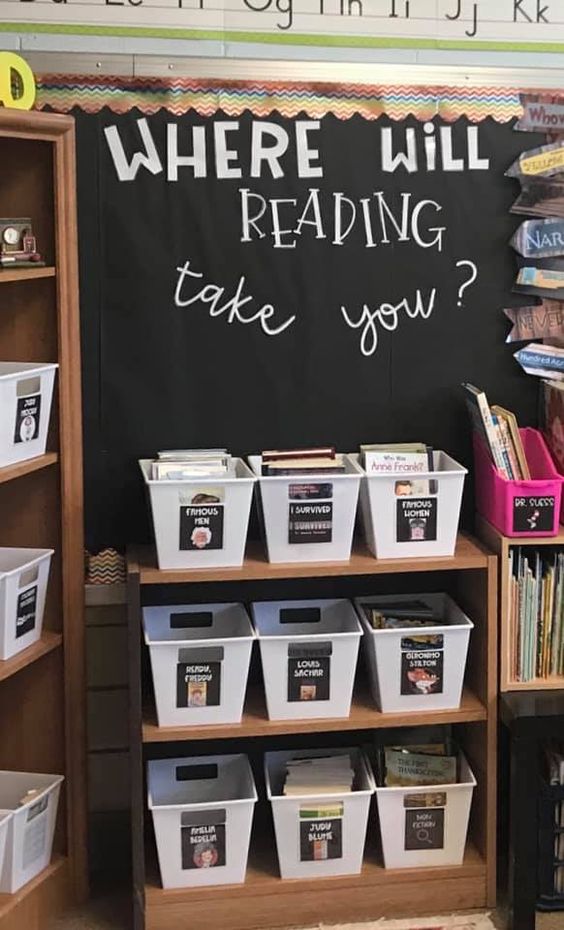Creating an Inclusive Learning Environment Through Literature
A classroom library should be much more than just a collection of books. It should be a refuge for students to discover new worlds, connect with diverse characters, and explore stories where they can see themselves as the protagonists. This raises the important question: Does your classroom library include books that represent all of your students?
Representation Matters
When students see themselves represented in the classroom library, they feel valued, seen, and respected. Research has shown that representation significantly impacts students’ self-esteem and sense of belonging. By presenting a wide range of backgrounds, abilities, and experiences, we can help foster empathy, understanding, and inclusivity among our students.
Moreover, when students encounter characters who share their experiences or struggles, it can directly influence their academic success. Students who can relate to the subjects and themes in their reading materials are more likely to become engaged in learning.
Diversifying Your Library
To promote diversity and representation in your classroom library, consider incorporating books that feature:
1. A variety of cultural backgrounds: Seek out titles that showcase various customs, holidays, experiences, and languages from around the world.
2. Characters with disabilities: Look for books that introduce characters who have physical or cognitive disabilities that are portrayed with dignity and respect.
3. Diverse family structures: Include titles that celebrate different family dynamics such as single-parent families, blended families, or LGBTQ+ households.
4. Wide-ranging socioeconomic backgrounds: Make sure your library reflects stories of children from diverse economic situations – from low-income to affluent families.
5. Unique interests and hobbies: Encourage students to pursue their individual passions by offering books about art, music, sports, science, technology and more.
Creating a Safe Space for Discussions
As you diversify your classroom library, it’s crucial to create an environment where open conversations about different perspectives can take place. Encourage students to voice their thoughts on the books they read, validate their experiences, and embrace diverse viewpoints.
A few ways to initiate these conversations include:
– Hosting book clubs or discussion groups centered around diverse stories.
– Identifying themes in literature that resonate with your students and allow them to share their personal connections.
– Inviting guest speakers or authors from various backgrounds to engage with your students and bring different perspectives to light.
Final Thoughts
As educators, we have the responsibility to create inclusive learning environments that celebrate and respect all our students. By curating a diverse classroom library and fostering open discussions, we can instill a sense of belonging in every student. In the end, every student deserves to be the protagonist of their own story – and it starts within your classroom library.



